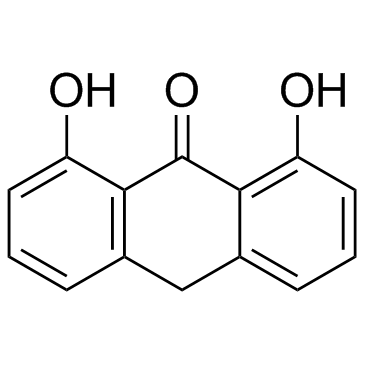| Structure | Name/CAS No. | Articles |
|---|---|---|
 |
Potassium bromide
CAS:7758-02-3 |
|
 |
2-Nitrobenzoic acid
CAS:552-16-9 |
|
 |
Chloramphenicol
CAS:56-75-7 |
|
 |
Dithranol
CAS:1143-38-0 |